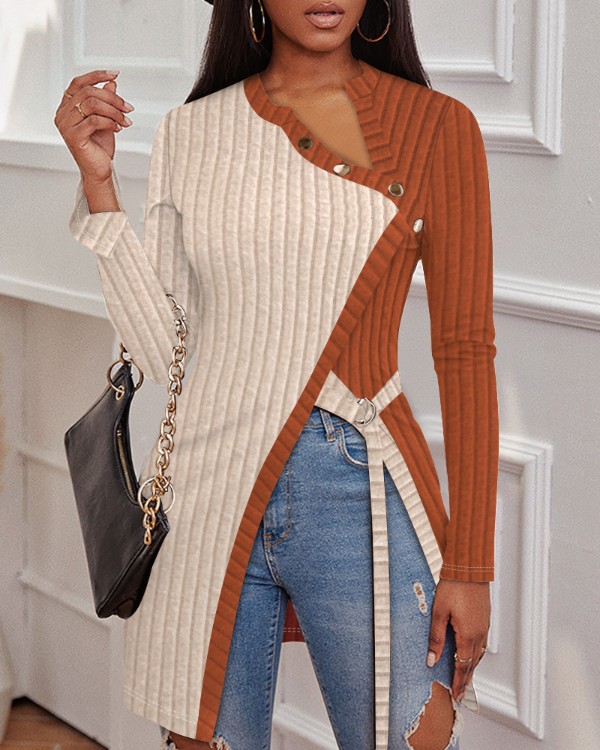 |
| Photo by Andrea Piacquadio on Pexels |
If you're one to accumulate lots of designer shopping bags, I'm sure that you often wonder what to do with these bags. Besides, they're durable, and there's no point in throwing them in the trash can. In a world where environmental issues have become rampant, the concept of upcycling can be a creative and sustainable way to repurpose items that would otherwise be discarded. Additionally with fast fashion being an increasingly unsustainable market, we've become somewhat obligated to contribute to a more eco-friendly lifestyle.
Designer shopping bags are often made from high-quality materials as well as distinctive designs. So, why not transform these stylish bags into eco-friendly tote bags? I'm sure you're wondering where to begin with upcycling. Is there a step-by-step process? Read on to discover more.
Gather Your Materials
The first step is to gather the materials that you would need before diving into the upcycling process. Here's a list of what is typically needed embark on this journey.
- Designer Shopping Bag: Collect a variety of bags with interesting designs and durable materials. Look for bags made with materials like laminated paper, canvas, or sturdy plastics.
- Scissors or Crafting Knife: A pair of scissors or a crafting knife is essential for precise and clean cuts.
- Adhesive or Glue: Choose a strong adhesive, such as fabric glue, an all-purpose glue, or a fabric glue gun. Make sure the adhesive provides a secure bond.
- Handles for Tote Bags: If you're planning to create tote bags, you'll need sturdy handles. These can be purchased from craft stores or repurposed from old bags or accessories.
- Embellishments (Optional): A variety of embellishments can be used to create extra flair. Buttons, beads, fabric patches, and other decorative elements can enhance the overall aesthetic of your creation.
- Sealant or Clear Adhesive (Optional): Using a sealant or clear adhesive can add an extra layer of protection to ensure the longevity of your creation.
- Ruler: This will help you ensure precise measurements, guaranteeing the accurate alignment and placement of materials.

- Select a designer bag with a captivating design that you want to feature on your tote bag. Consider how it would look once it's transformed.
- Remove all debris from the bag. Ensure that it's clean and ready for preparation. Flatten the bag on a smooth surface to make cutting and working with it easy.
- Use scissors or a crafting knife to carefully cut out the sides of the shopping bag. Follow the natural seams to create two large, flat pieces. Cut off the handles.
- Purchase bag handles from a crafting store. Choose handles that are made of durable materials, such as leather, canvas, or reinforced fabric. Determine the desired height of your tote bag handles. Measure equal distances from the top edges of both cut bag pieces and mark the position where the handles will be attached.
- Strengthen the attached points by add extra material. You can do so by cutting small strips of excess fabric and glue them over the marked handle positions on both sides.
- Apply a moderate amount of adhesive or fabric glue to the reinforced attachment points. Press firmly onto the points. Hold them in place to allow the adhesive to set. Let them dry before moving on to the next step.
- Place the two cut pieces of the designer bag on top of each other with your desired design facing outward. Apply adhesive or fabric glue along the edges, leaving the top open. Press the edges together, and allow the glue to dry.
- You can enhance your tote bag by adding embellishments. Add any decorative elements to personalize your creation.
- Select a piece of sturdy fabric that complements the design of your tote bag. This will become the bottom panel of your tote.
- Measure the width and length of the bottom of your tote bag. Cut additional material to match the dimensions. Adjust measurements according to your preferences.
- Apply adhesive or fabric glue to the backside of the bottom panel. Align the bottom panel with the bottom edges of your tote bag. Press the panel firmly onto the bag, ensuring the edges are securely attached. Hold it in place for a few minutes to allow the glue to set. Once the glue has dried, consider testing the stability of your tote bag.


Comments
Post a Comment
Thank you for commenting!